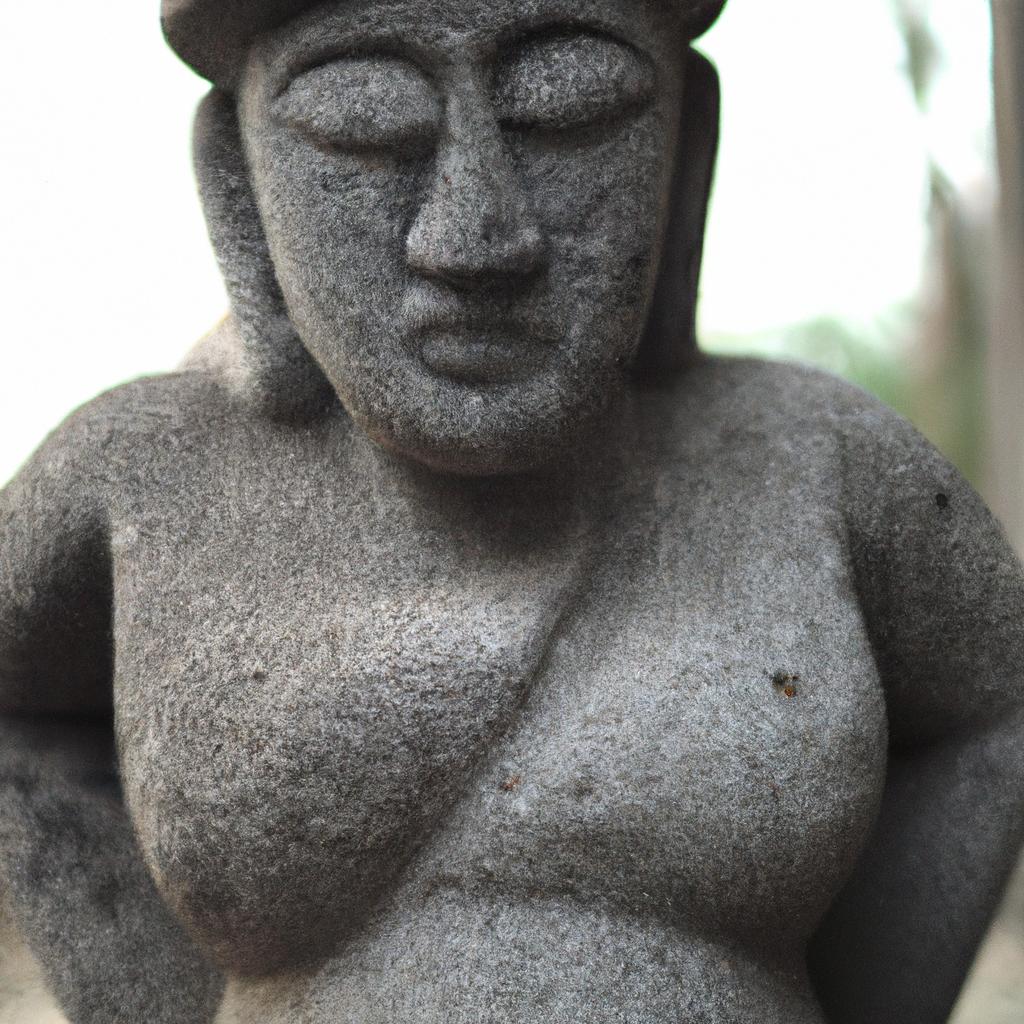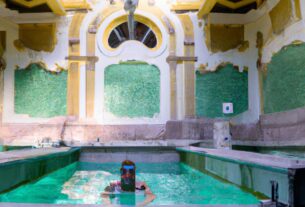Moving statues, also known as automata, have captivated audiences for centuries with their enchanting movements. From ancient traditions to modern-day art installations, these living sculptures continue to mesmerize and evoke wonder. In this article, we will delve into the science behind moving statues, explore their cultural significance, examine the artistry involved in their creation, and ponder the future of these captivating sculptures.
The Science Behind Moving Statues
Moving statues may seem like magic, but they are actually products of science and engineering. These sculptures employ various mechanisms, such as gears, levers, pulleys, and hydraulics, to create the illusion of movement. Whether powered by hand-cranked mechanisms or electricity, each statue is meticulously designed to achieve smooth, lifelike motions.
Physics plays a vital role in crafting moving statues. By leveraging the principles of motion and the behavior of matter, these sculptures replicate human and animal movements with precision. The principle of conservation of energy, for instance, ensures that the energy used to power the mechanisms is transformed into mechanical energy, resulting in captivating motion.
Notable examples of famous moving statues include the Strasbourg astronomical clock in France, featuring a range of automata that perform various tasks, and the Silver Swan automaton in the UK, which impressively simulates a swimming swan through a series of gears and levers.
The Cultural Significance of Moving Statues
Moving statues hold deep cultural and spiritual significance across different societies and traditions. The movements of these sculptures are often associated with special meanings and symbolism, making them integral to religious and spiritual practices.
Religions around the world employ moving statues to represent deities and holy figures. These statues are believed to possess divine powers, and their movements are seen as manifestations of the divine presence, bringing blessings and protection. For instance, in Hinduism, moving statues are used in aarti, a ritual that involves waving lighted camphor to invoke blessings and ward off evil spirits. Similarly, in Buddhism, moving statues are utilized in prayer wheels to accumulate good karma.
In addition to religious contexts, moving statues play a vital role in cultural traditions and beliefs. They are featured in festivals, celebrations, and traditional dances, often depicting historical events or cultural figures. These statues are believed to possess healing powers in certain cultures, such as in Mexican Day of the Dead festivities, where they guide the spirits of the departed back to the realm of the living.
Various civilizations throughout history have employed moving statues in their practices, including ancient Greek automata used in theatrical performances and Renaissance clockwork automata used for both entertainment and scientific experimentation.
The Art of Creating Moving Statues
Creating moving statues is a complex art that requires a blend of creativity, engineering, and technical skills. The process begins with the design phase, where artists and engineers conceive the concept, considering factors such as the statue’s purpose, intended audience, and environment. Detailed drawings or blueprints are then created, incorporating the mechanisms, materials, and overall structure of the statue.
Technological advancements have revolutionized the creation of moving statues. Computer-aided design (CAD) software enables the development of precise 3D models, enhancing accuracy and efficiency. Additionally, techniques like 3D printing and CNC machining facilitate the production of intricate and detailed statues that would have been unimaginable just a few decades ago.
Creating moving statues as an art form presents both challenges and opportunities. Technical and mechanical aspects can be daunting, but the reward lies in bringing sculptures to life and captivating audiences. Artists must also consider aesthetics, striving for fluid and natural movement and visually appealing designs.
The Future of Moving Statues
As technology continues to advance, moving statues hold even greater potential to become advanced and influential in society. Artificial intelligence and robotics enable more lifelike movements and interactions, immersing viewers in unique experiences. Furthermore, 3D printing and advanced manufacturing techniques facilitate the production of intricate designs and details at a reduced cost.
Moving statues can have profound impacts on society and culture. They can be employed in interactive educational exhibits, conveying important messages about social issues. In the entertainment industry, they can create immersive experiences for audiences, elevating storytelling and engagement.
Moving statues also hold promise in various fields such as medicine and space exploration. Physical therapy programs could incorporate moving statues to aid patients in regaining mobility and strength. In space exploration, these statues could simulate the effects of gravity on the human body, enhancing our understanding of long-term space travel challenges.
The potential applications and impact of moving statues on society and culture are boundless. As we continue to push the boundaries of creativity, technology, and artistry, these living sculptures will continue to amaze and inspire.
Moving statues are a testament to human creativity and ingenuity, captivating audiences across generations. These living sculptures intertwine science, culture, and art, captivating us with their mesmerizing movements. We have explored the science behind moving statues, their cultural and spiritual significance, the artistry involved in their creation, and the potential future advancements in this fascinating art form.
At TooLacks, we are passionate about exploring nature, gardening, and animals. We hope that this article has provided you with a deeper understanding of the science, culture, and artistry behind moving statues. If you’d like to learn more about our endeavors, visit us at TooLacks. Thank you for joining us on this captivating journey, and remember to keep exploring and stay curious.



